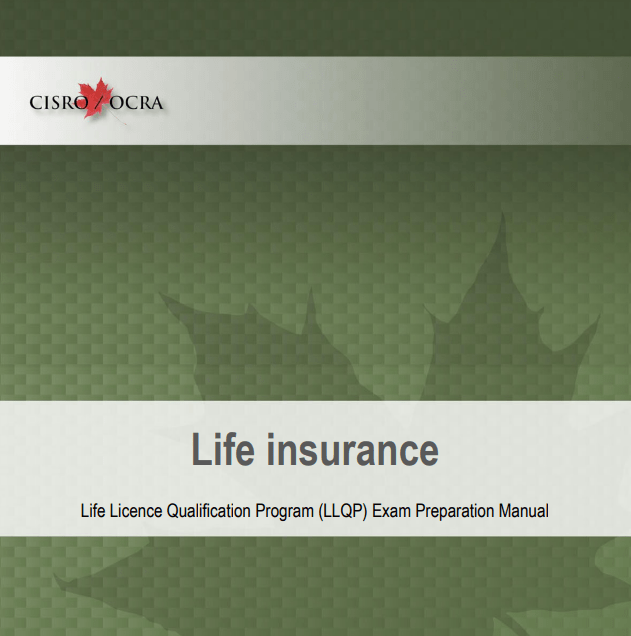
Many years ago, I thought I knew everything about mortgages. I was wrong.
I’ll never forget the call I got on a Friday afternoon in the late 90’s. A broker I’d been working with had just lost a $480,000 deal – back then, that was serious money. The client had sterling credit, solid income, and had already given notice on their rental. Everything looked perfect until underwriting discovered the property had been used as an illegal marijuana operation two years prior.
The broker was devastated. “Joe,” he said, “how was I supposed to know that?”
That’s when I realized we had a fundamental problem in our industry. We were training people to sell mortgages, but we weren’t teaching them to think like underwriters.
What Three Decades in This Business Taught Me
Over the years, I’ve seen this same scenario play out thousands of times. Brokers with great sales skills, strong relationships, and genuine desire to help their clients – but they’re flying blind when it comes to underwriting. They’re essentially hoping their deals will get approved rather than knowing they will.
I’ve built my career on a simple principle: the best brokers don’t just submit applications, they craft them. They understand that every file tells a story, and how you tell that story determines whether it ends with an approval or a decline.
When I was inducted into the Mortgage Hall of Fame, the thing I was most proud of wasn’t my sales numbers or the companies I’d built. It was the thousands of brokers I’d helped understand this fundamental truth: underwriting knowledge isn’t just helpful – it’s essential.
The Day Everything Changed for Me
Early in my career, I had a client – a successful contractor who’d been in business for fifteen years. Great guy, solid reputation, but his tax returns looked like a disaster. His accountant had been aggressive with write-offs, and on paper, he barely qualified for a $150,000 mortgage when he needed $350,000.
I submitted the file anyway, hoping the lender would see past the numbers. Declined within 48 hours.
That weekend, I sat down with his financial statements and really studied them. I started adding back legitimate business expenses – vehicle costs, office expenses, depreciation. Suddenly, his qualifying income jumped by $75,000. I restructured the application, included proper explanations, and resubmitted to a different lender.
Approved in three days.
That’s when I understood: this isn’t about finding the right lender – it’s about presenting the right story.
Why I Created the REMIC Underwriting Course
After training over 60,000 students through REMIC, I kept hearing the same frustrations. Brokers were getting into this business with basic licensing knowledge, but they were missing the critical thinking skills that separate good brokers from great ones.
The course came out of my own experience – all those mistakes I made, all those lessons I learned, all those “aha” moments when I finally understood how underwriters really think. I wanted to save the next generation from having to learn everything the hard way.
But here’s what makes this course different from typical education: it’s not theoretical. Every scenario we cover is based on real files I’ve handled or reviewed. Every strategy we teach has been tested in the trenches.
The Real Stories Behind the Numbers
Let me share some examples of what I mean:
A few years ago, a broker brought me a file that had been declined three times. Single mother, excellent credit, but she received $2,200 monthly in child support. Every lender treated this as uncertain income. We restructured the application to emphasize the legal enforceability of the support order, included documentation showing consistent payment history, and positioned it alongside her stable employment income. The fourth submission was approved.
Another case: self-employed client with two years of declining income due to market conditions. His 2022 income was $180,000, but 2023 was only $95,000. Instead of using the two-year average (which would have killed his qualifying income), we documented the market recovery in his industry, provided contracts showing improving business, and found a lender willing to consider current earning potential rather than just historical averages.
These aren’t magic tricks – they’re the result of understanding how different lenders assess risk and what documentation they need to say yes.
What I Wish Every Broker Understood
After all these years, there are three things I want every broker to know:
First, your job isn’t to submit applications – it’s to solve problems. Every client comes with challenges. Your value is in knowing how to address those challenges before they become deal-killers.
Second, not all lenders are the same. What gets declined at one institution might be approved at another, not because of different criteria, but because of different comfort levels and documentation requirements. Knowing which lender fits which client is half the battle.
Third, presentation matters more than you think. The same client can look like a high risk or a good risk depending on how you structure their application. This isn’t about being misleading – it’s about being thorough and strategic.
Why Now Matters More Than Ever
The industry has changed dramatically since I started. Regulations are tighter, lenders are more cautious, and clients are more sophisticated. The brokers who are thriving today aren’t necessarily the best salespeople – they’re the ones who understand the complete process.
When OSFI introduced the stress test, a lot of brokers struggled. But the ones who really understood underwriting adapted quickly. They knew how to maximize qualifying income, which lenders had the most flexibility, and how to structure deals to meet the new requirements.
That’s the kind of adaptability that comes from deep knowledge, not just surface-level understanding.
My Commitment to This Industry
I didn’t write 30+ publications and build REMIC because I needed another job. I did it because I believe this industry deserves better education. I’ve seen too many good people leave because they couldn’t figure out how to make complex deals work. I’ve watched clients get declined for mortgages they should have qualified for, simply because their broker didn’t know how to present their situation properly.
The Residential Mortgage Underwriting course represents everything I’ve learned about what works and what doesn’t. It’s my way of sharing three decades of experience with brokers who want to build practices that go beyond the easy deals.
What Success Looks Like
When brokers complete my course, I don’t just want them to understand underwriting – I want them to think differently about their entire practice. I want them to walk into every client meeting with confidence, knowing they can assess not just what the client wants, but what they can actually achieve.
I want them to build reputations as the brokers who can handle what others can’t. The ones referral sources trust with their most challenging clients. The ones who turn problems into solutions.
That’s what real expertise looks like in this business. And after 30 years, I can tell you with certainty: it’s the only sustainable way to build a mortgage practice that lasts.
Because at the end of the day, anyone can quote rates. But only a true professional can guarantee the deal will close.












